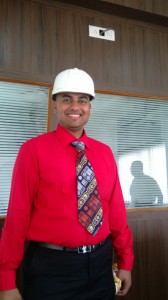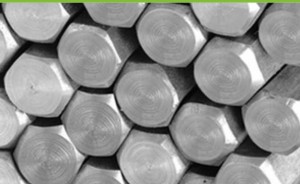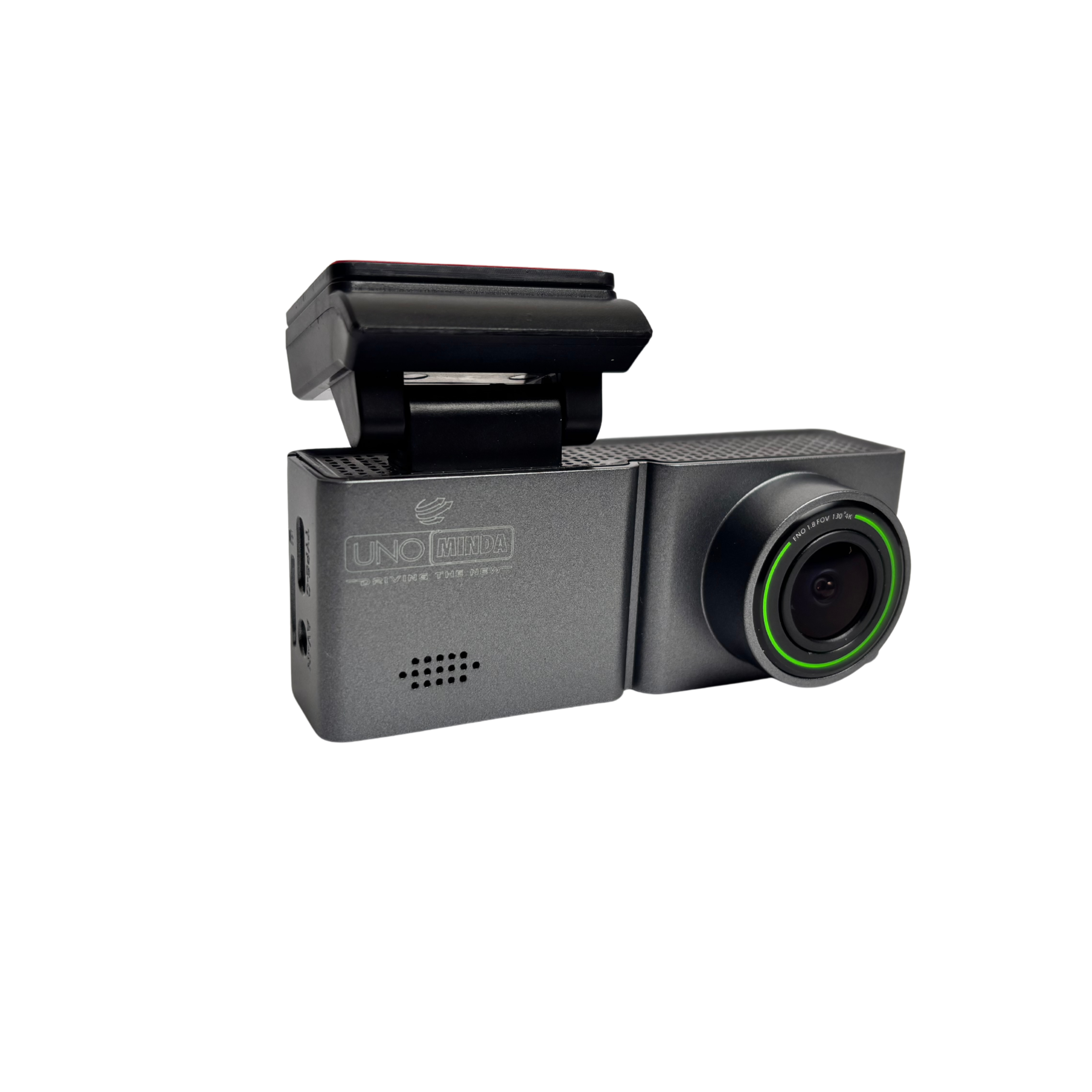Text: T Murrali
Mumbai headquartered Shree Jay Jagdamba Stainless Steel Ltd (SJJSSL) is planning to expand capacity as it expects to utilise the installed capacity of 4,500 tonne fully by 2015. The company is also planning to foray in to forgings later. SJJSSL makes stainless steel, carbon steel, alloy steel billets, hot rolled bars, bright bars, threaded bars and cold drawn wires and caters to several industrial segments including automotive, marine and oil & gas.
 Speaking to Auto Components India the President – Marketing, of the company, Harioom Malpani said, “Despite current slowdown we will utilise full capacity by 2015; we see the industrial slowdown stabilizing in India. The melting shop and rolling mill products are semi-finished products, which are not bought by foreign markets. What they buy is bright bars whose capacity is about 1,200 tonne per annum. Therefore, we plan to add another 3,000 to 4,000 tonne of total capacity of which close to 90% will be for bright bars. The investment will be around Rs 35 crore per machine and we may need about 4 machines totaling an investment of Rs 120 crore. The capacity expansion will be complete by December, 2015.”
Speaking to Auto Components India the President – Marketing, of the company, Harioom Malpani said, “Despite current slowdown we will utilise full capacity by 2015; we see the industrial slowdown stabilizing in India. The melting shop and rolling mill products are semi-finished products, which are not bought by foreign markets. What they buy is bright bars whose capacity is about 1,200 tonne per annum. Therefore, we plan to add another 3,000 to 4,000 tonne of total capacity of which close to 90% will be for bright bars. The investment will be around Rs 35 crore per machine and we may need about 4 machines totaling an investment of Rs 120 crore. The capacity expansion will be complete by December, 2015.”
The capacity, after installing new machines can go up to 10,000 tonne, if the plan is tweaked. However, the melting shop capacity is 4,500 tonne so the overall capacity is restricted to this. Presently, about 180 people work in the bright bar unit for a production of 1,200 tonne. These machines will require only 3 engineers to operate as it is fully automatic. The 180 workers in the unit will be deployed elsewhere as the company is facing manpower shortage, he said.
To a question on whether the company is at par with international standards, Malpani said in the last 10 years Indian products had performed admirably well in stainless steel. “A decade back there were complaints about the products but today our quality is able to match European standards. This is also because we have begun accepting more of European ideology – minimum manpower, maximum output and best quality. For example, one particular line of a US-made machine does every job of the workers whereas in India to check ultrasonics is a big job, requiring 3 or 4 workers who may not be competent,” he said.
Malpani reiterated that the company will not add to the 5 profiles that it has been manufacturing now. The initial target is to utilise and expand on the same segment. “In 2015-16, we plan to start a forging shop,” he said. The idea behind starting forgings is to fetch additional revenue. The company might look at Export Promotion Zones in Gujarat where there could be a number of benefits. Elaborating his views he said, for instance, the difference in charges between Kandla Port and Mumbai Port is close to 40%. It will be a twin benefit as the company stands to gain while importing raw material and also during exports. Taking a cue from China, he said, “You can pack a container and load it the same day onto the vessel; in India it takes about 20 days from factory to vessel.” Referring to the strike in Nava Sheva Port last March he said the deliveries for the company were delayed significantly. In addition, the company had to pay Local Body Tax (LBT) for 3 months. This has affected the revenue figures for 2013-14. On diversification, he said the company might plan yet another forging unit in Maharashtra if industrial conditions improve.
Malpani said the main concentration is on the export market because stainless steel is consumed much more abroad than in the domestic market. The export market for the company is huge and the main competitors are based in Europe. The segment they are concentrating on is long products for which the main competition is from China. It becomes very hard for Indian manufacturers to compete with producers in China as the Chinese government supports them in a big way in sharp contrast to the conditions in India where bureaucracy and corruption have to be tackled at all levels, he lamented.
Earlier, SJJSSL used to produce carbon steel. Of late, it has added AOD (Argon Oxygen Decarburizer) to the manufacturing line. Carbon steel is melted in the induction furnace and refined in the AOD by the gases to get stainless steel. After refining it goes to the CCM (Continuous Casting Machine) for finishing. Both these equipment are part of the steel melting shop. The second equipment the company has is the rolling mill. The profiles it makes include rounds, angles, flats, hexagons and squares. The third is a bright bar unit which is for final shaping or polishing. Here, mainly peeling of the surface is done, after which it goes for centralised grinding and then polishing to make the finished product.
For the majority of bright bars, the main market is in exports. Most of the end-product marketing is for stainless steel. In 2007, the AOD was installed and the company started making stainless steel. Before that it was normal steel catering to markets in India. The market was for reinforced bars used in the automobile and construction industries; the raw material is the same but the rolling mill is different, he indicated. The company has customers for carbon steel in India, but not many because the automobile industry here has not been performing well over the last few years.
Main customers for carbon steel in India include Western Forgings in Pune with a consumption of 6,000 tonne per month supplying to a majority of automobile manufacturers. Coming to the marine industry, he said it is large but the use of round bars from Indian producers is very less. Instead the segment depends mainly on Europe or Japan.
SJJSSL currently has an installed capacity of 4,500 tonne per month – about 1,000 tonne for carbon steel and 2,000 tonne for stainless steel. However, the company is unable to use full capacity as its main target is stainless steel. The market for stainless steel in India is very small and whoever the company sells to in the country is making finished products for exports, he added. The company’s clientele spreads across 40 countries around the world. The billets and a few other varieties are consumed by forging industries in India. Wire rods are used by bright bar industries while fine wires are drawn for export. Round bars, square bars, hex and angles are processed and exported all over the world.
Markets
|
America |
Argentina-Brazil-Canada-Mexico-USA |
|
Europe |
Belgium-Denmark-Germany-Finland-Ireland-Italy- Netherlands-Spain-Switzerland-UK |
|
Africa |
South Africa |
|
Gulf |
Egypt-Israel-Kuwait-Saudi Arabia-Turkey-UAE-Yemen |
|
Asia-Australia |
Australia-Bangladesh-Hong Kong-Indonesia-Japan-Malaysia-Philippines-Sri Lanka-Singapore-South Korea-India-Taiwan-Vietnam |
















Roshdy R. Ateya
Dear Sir or Madam,
Our company is a clean energy & environmental solutions in Canada. Agrinol Inc. has a pilot project and a new technology of carbon dioxide capture, for more information please contact us.
Best Regards,
Roshdy R. Ateya
Agrinol Inc.
http://www.agrinolinc.com